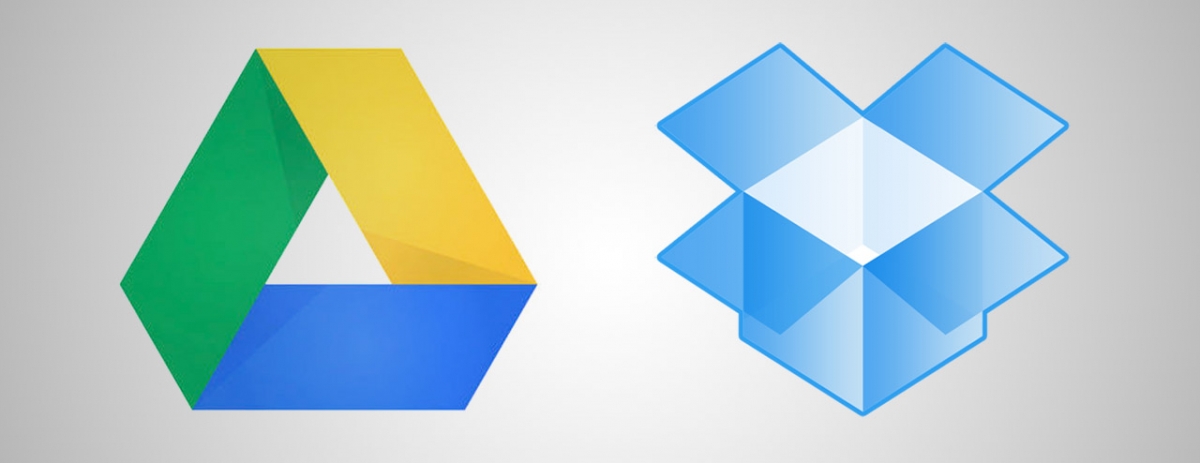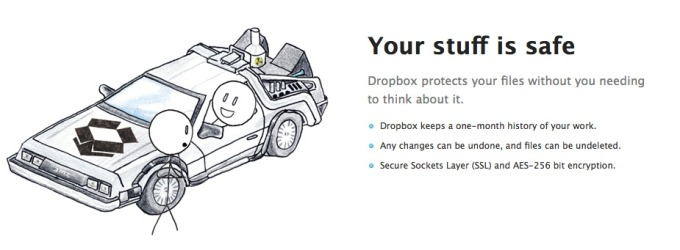

Security is probably the thing most people will look at when trying to decide where they should store information. You want to make sure that your documents and files are safe without having to worry about someone stealing the data. This has been an area where many cloud companies take a hit. So, who keeps your documents safer?

Dropbox guarantees that your files will be protected by AES–256 bit encryption. However, this has not kept the service from being used against customers. In the past few months, the service has been the victim of several phishing scams. These vicious attacks tricked users into giving up their usernames and passwords by making them think someone has shared a file. What made it so bad was the fact the links would take them to a legitimate looking Dropbox site.

Additionally, the service has been subject to a glitch which allowed private information to be searchable by a third-party. This problem was patched quickly, however many sensitive documents were leaked online before the issue was caught.

Like its counterpart, Google offers AES–256 bit encryption for their customers. Like the competition, this promise of security doesn’t keep Drive from having its share of problems. However, problems aren’t just about phishing schemes and other external factors. They are more internal.

Google was one of the companies outed when Edward Snowden spread the word about NSA. Apparently, the search engine giant was caught over–reaching their terms of service. Instead of protecting their users, employees were able to access private files and disseminate them as they chose.
The NSA is also accused of gaining access to Google Drive files. The intelligence agency claims they were only taking data from foreign countries. However, there is no way to guarantee that there was no American information taken during this time.
Neither Google Drive nor Dropbox support local encryption of files. Both cloud storage providers encrypt data in transit and while saved on their servers.
Winner: Dropbox only because their breaches were mainly external not internal security issues.